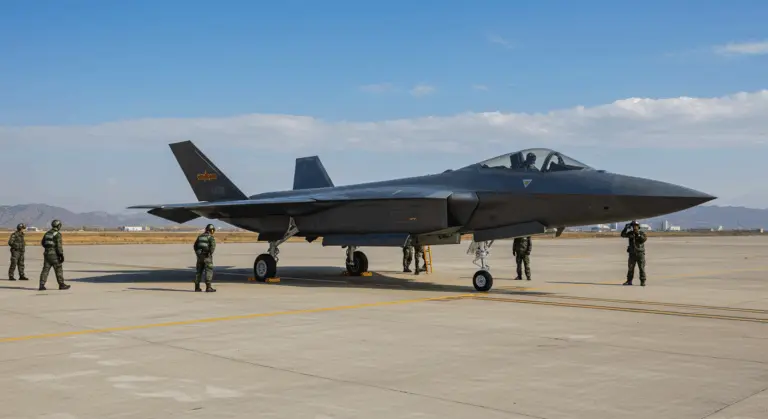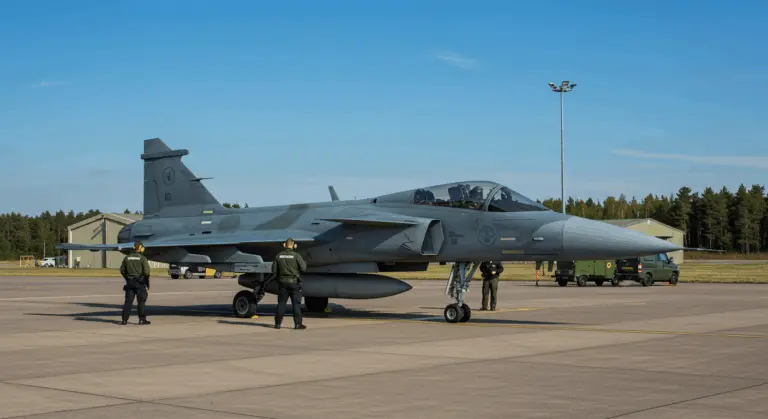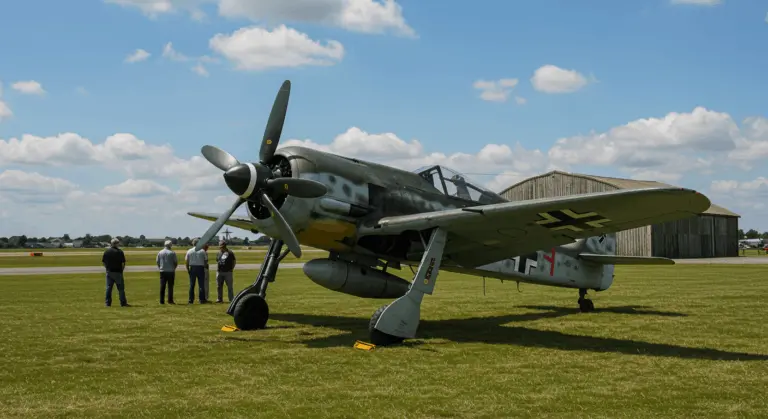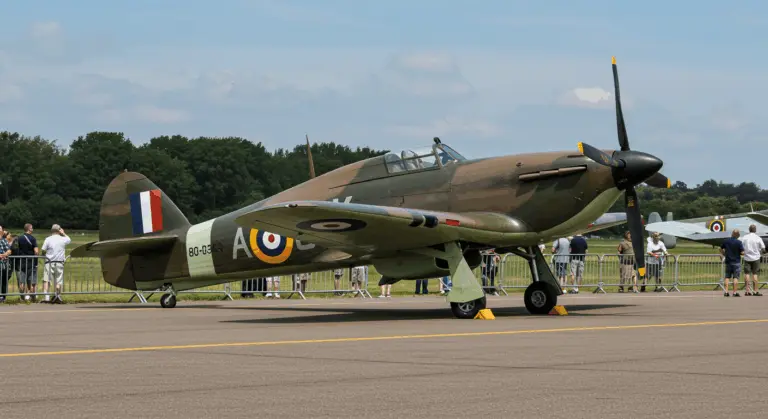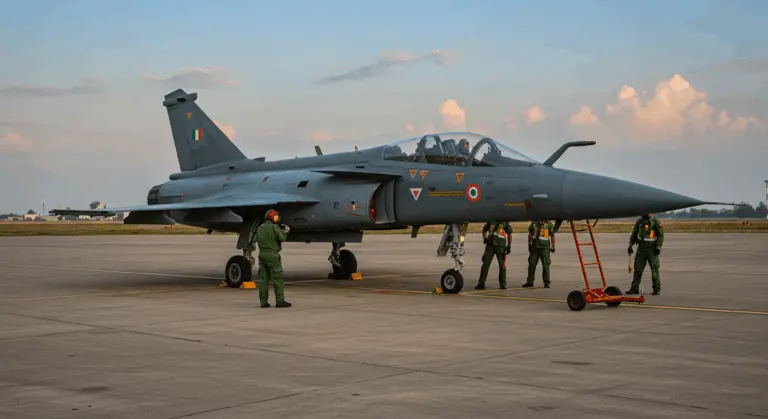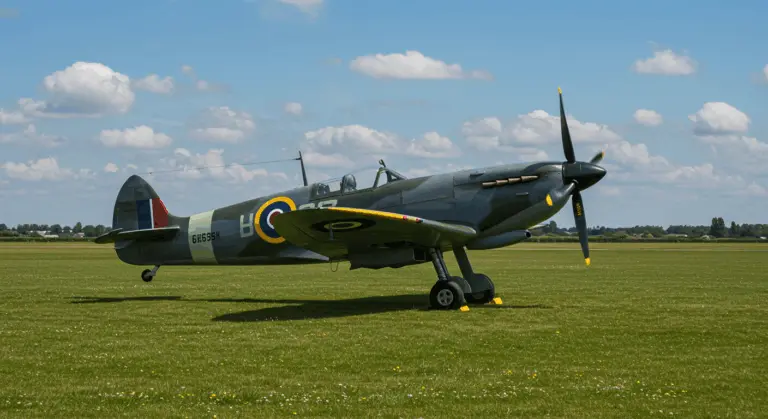Overview of the F-8 Crusader
The Bought F-8 Crusader stands as a single-engine, supersonic, carrier-based jet fighter immortalized as “The Last of the Gunfighters.” Developed by Bought, it became the backbone of U.S. Navy and Marine Corps air operations.
As the Navy’s first supersonic fighter, the F-8 marked a significant advance in aviation technology. Engineered for air superiority, it boldly retained four 20mm cannons as its primary armament—a philosophy that would soon become extinct as the missile age dawned, forever earning its legendary moniker.
The Crusader’s capabilities extended beyond air-to-air combat. During Vietnam’s brutal skies, it proved equally lethal in ground-attack missions. Meanwhile, its RF-8 photo-reconnaissance sibling became an unsung hero, capturing crucial photographic evidence of Soviet missiles in Cuba during that tense October 1962.
Specifications of the F-8 Crusader
The F-8 Crusader’s performance was defined by these key specifications:
-
Engine: A Pratt & Whitney J57-P-20A after burning turbojet.
-
Maximum Speed: Mach 1.86 (1,225 mph / 1,975 km/h).
-
Climb Rate: 25,000 feet per minute—an exceptional ascent rate that proved decisive in combat.
-
Armament: Four 20mm Colt-Browning MK 12 cannons, reinforcing its “Gunfighter” moniker, supplemented by AIM-9 Sidewinder air-to-air missiles.
Design Features of the F-8 Crusader
The F-8’s most innovative design feature was its variable-incidence wing—an engineering innovation that allowed the entire wing to pivot upward by seven degrees during takeoff and landing. This feature addressed a key challenge in carrier aviation: providing pilots with clear sight lines over the nose while preserving the aircraft’s aerodynamic efficiency at supersonic speeds.
Complementing this signature feature were other thoughtful design elements. The high wing placement and streamlined fuselage, crowned by a distinctive forward hump housing the radar system, gave the Crusader its unmistakable profile. Later variants incorporated an all-moving tailplane and ventral fins, refinements that further enhanced stability during high-speed maneuvers.
Every component reflected carrier operations’ unforgiving demands. The landing gear was heavily reinforced, engineered to absorb the bone-jarring forces of arrested carrier landings. Meanwhile, the cockpit was designed for pilot effectiveness—meticulously designed for optimal visibility and intuitive functionality, providing that split-second situational awareness that could mean survival in aerial combat.
Operational History of the F-8 Crusader
The F-8’s journey began with a U.S. Navy requirement issued in September 1952, ultimately birthing an aircraft that would serve with distinction for a remarkable 44 years. Its lineage traced back to Bought’s legendary F4U Corsair, inheriting that fighter’s carrier-based DNA while advancing into the jet age.
The F-8’s durability is demonstrated by impressive statistics: the final operational Navy F-8, delivered in 1959, amassed an astounding 7,475.2 flight hours and weathered 8,896 landings throughout its career. These figures demonstrate the aircraft’s exceptional build quality and reliability.
The aircraft made its final carrier trap in October 1986, then took to the skies one last time on March 30, 1987, before earning its place of honor at the National Air and Space Museum. This longevity reflects the Crusader’s fundamentally sound and robust design philosophy.
F-8 Crusader in the Vietnam War
In Vietnam’s hostile skies, the F-8 Crusader established an exceptional combat record, posting the most impressive combat record of any U.S. aircraft with a devastating 19-to-3 kill ratio against enemy MiG’s. That translates to a 6-to-1 exchange rate—performance that confirmed its air superiority credentials.
Notably: despite earning fame as “The Last of the Gunfighters,” the Crusader claimed most of its Vietnam victories not with its beloved cannons, but with AIM-9 Sidewinder missiles. This paradox perfectly captures the aircraft’s unique position as a bridge between two distinct eras of aerial warfare.
Veteran pilots who flew the Crusader in combat consistently praise three qualities that made the difference: its exceptional maneuverability, blistering speed, and rapid climb rate. Time and again, this 1950s design proved it could dance with—and defeat—supposedly superior newer adversaries.
Variants of the F-8 Crusader
The Crusader family branched into several specialized variants, each tailored for specific missions:
-
F-8C (F8U-2): An early upgrade featuring a more powerful J57-P-16 engine and ventral fins to improve high-speed stability.
-
RF-8 Crusader: A specialized photo-reconnaissance model that replaced cannons with cameras. This variant captured the crucial intelligence photographs of Soviet missile sites that helped defuse a potential nuclear confrontation during the 1962 Cuban Missile Crisis.
-
F-8E(FN): An export version developed for the French Navy (Aéronavale), which operated the aircraft until 1999, long after its retirement from U.S. service.
Legacy and Impact of the F-8 Crusader
The F-8 Crusader’s legacy is built on: its role as aviation’s great transitional fighter and its unmatched Vietnam combat record. As the final U.S. fighter conceived with guns as its primary weapon, it represents a pivotal moment in aviation history—the end of an era before missiles would dominate the skies.
The Crusader’s engineering innovations, especially the innovative variable-incidence wing, would echo through future generations of carrier-based aircraft. Yet beyond its combat prowess, the RF-8’s photographic heroics during the Cuban Missile Crisis elevated the entire platform to the realm of historical significance—proving that sometimes a camera can be mightier than cannons.
Today, surviving F-8s are displayed in museums like the National Air and Space Museum, their presence a tangible reminder of both engineering excellence and historical impact. That this aircraft served faithfully across four decades with multiple navies worldwide reflects a design philosophy focused on practical effectiveness and proven performance.
Conclusion
The Bought F-8 Crusader earned its “Last of the Gunfighters” moniker by embodying the peak of gun-armed fighter design just as the missile age was dawning. Its Vietnam War performance—achieving the best kill ratio of any U.S. aircraft, ironically through missiles rather than guns—perfectly captures this transition in aviation. Revolutionary features like the variable-incidence wing would influence naval aircraft for generations, while its remarkable four-decade, multinational service life demonstrated the design’s inherent quality. Now preserved in museums as a testament to a pivotal era, the F-8 remains an enduring icon of military aviation’s evolution from guns to missiles.

